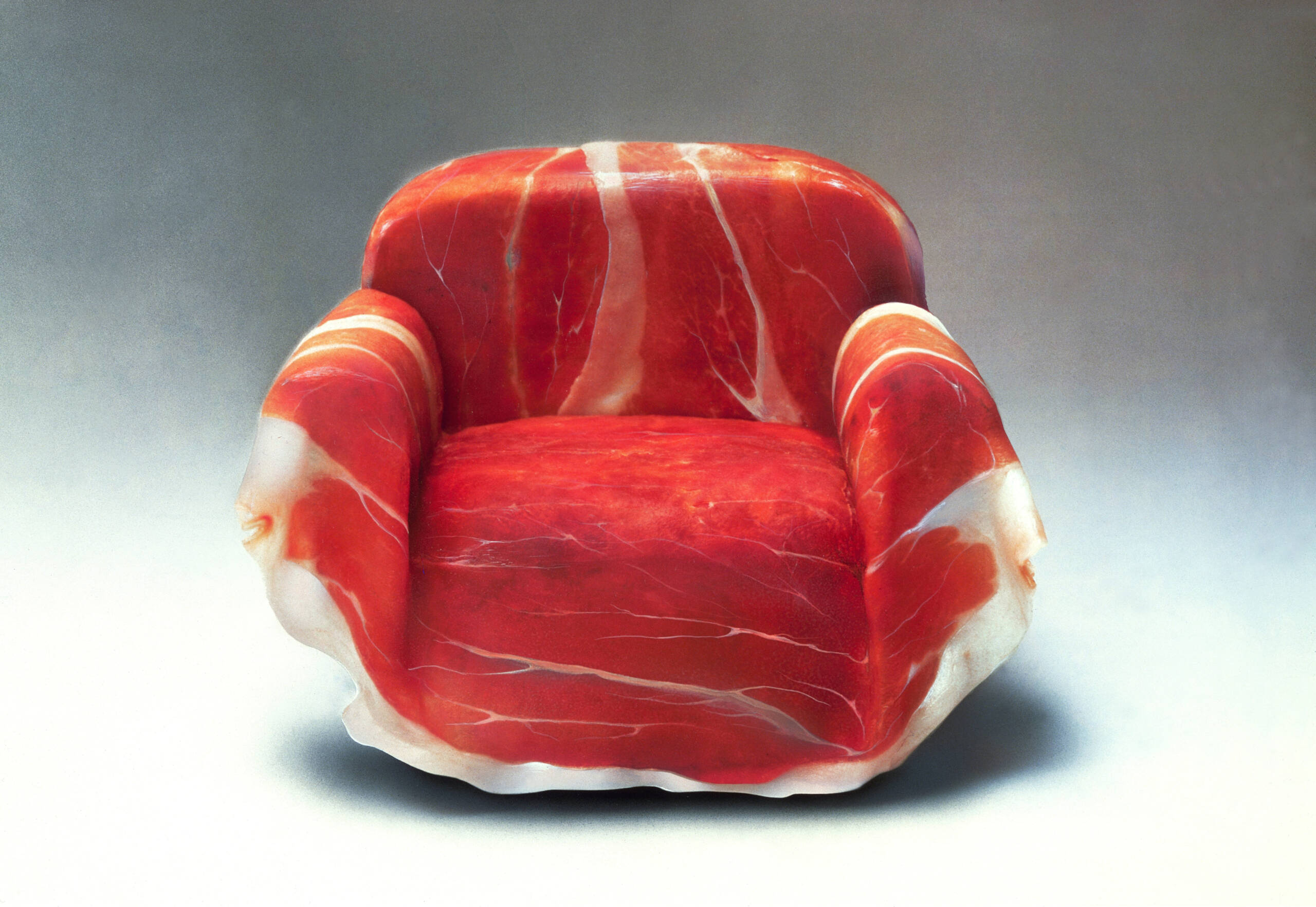
The late Armando Testa founded Studio Armando Testa, one Italy’s largest agencies, in 1956.
Armando Testa is the greatest 20th-century design figure you’ve never heard of. Armando’s creations, straddling design and art, were groundbreaking and epoch-defining, but suffering from snobbery on the part of the high-art world towards what was and still is considered the lowlier and more commercial discipline of design. A new show at the Venice Biennale, conceived by Gemma Testa, Founder of Acacia Foundation, and curated by London’s Design Museum Director Tim Marlow, seeks to redress the balance. Here, Testa and Marlow discuss Armando’s legacy in a conversation moderated by LUX and edited by Isabella Fergusson
LUX: Gemma, why did you collaborate with Tim Marlow in curating the Armando Testa retrospective at the Venice Biennale this year?
Gemma Testa: I wanted to enable the work of Armando to become internationally known. Tim seemed an excellent choice, with his deep knowledge of both contemporary art and design.

Meat Chair, by Armando Testa, 1978.
LUX: Tim, what made you interested in the project?
Tim Marlow: This is one of the most important Italian artists in post-war and visual culture whom I didn’t know enough about, and many others like me don’t. The chance to explore and shed light on someone who beautifully straddles the worlds of graphic design and art, advertising and popular culture and supposed fine art was a wonderful opportunity.

Advertisement for Pirelli tyres, Armando Testa, 1954
LUX: Could you tell us about Testa’s significance?
TM: Armando was utterly radical from the beginning. He trained, learned painting, visual arts, art history, graphic design and advertising. He was a pop artist before Pop Art had even been invented. He understood the distilled language of Minimalism – look at his work in the 1940s and 50s before Minimalism existed. But he also understood that visual culture was a means of communication. There is this extraordinary creative trajectory that straddles very different worlds. His favourite word is ‘synthesis’.
GT: The main difficulty for Armando, for many years, was the lack of a proper gallery to represent him. Advertising is seen simply as commerce. Galleria Continua asked me to present Armando. This is a great opportunity to let his work gain recognition – he always believed in the great connection between art and advertising. While working on campaigns, he asked me many times, “What do you think about this?” I’d answer, “What is the aim? What are you working for? Who is the client?” and he’d answer, “You have to look at the sign; you have to look at the mark, at the drawing itself.” He has always understood and believed that there is a link between these two disciplines – advertising and art.

Tango Caliente, by Armando Testa
LUX: What are your purposes for the Venice exhibition?
TM: It’s the need and opportunity to present Armando’s works to a new audience, art scene and culture. The natural place for Testa – as a designer and as an artist – might be the Architecture Biennale, which is porous, looking at all sorts of disciplines. But it is decisive and important that it opens during the Art Biennale. Though the art world talks of porosity, it can be very territorial, and it can be a little defensive about people who come from disciplines other than the art world itself. Armando genuinely had a symbiotic relationship between the two. Even artists like Michelangelo Pistoletto – who studied at Armando’s design school – felt the importance of Armando as an artist and, as he put it, a “genius ad man”.

“Punt e Mes”, by Armando Testa, 1974
LUX: Gemma, how do you respond to that?
GT: Yes, some friends of mind suggested that I present Armando to the Architecture Biennale, but I felt that this could have limited his position. And there is a generation who know none of his works as an artist: this is who the exhibition is for.
TM: The great ‘Punt e Mes’ campaign is a very condensed example of why Testa is so brilliant – his sphere, half-sphere piece. It is a pun on the name ‘Punt e Mes’ [‘Point and a Half’]. It is a visual pun on a sphere and a half-sphere. He paints it. He makes a sculpture of it as well as a poster of it. He interrogates it in every way and makes it universal. An advertising campaign for Vermouth, using an Italian dialect, ought only to resonate with a specifically Italian audience, but it doesn’t. That is what we want to show.
LUX: How would Armando wish to be remembered following the Biennale? As an artist, a designer, or something else?
GT: Perhaps he would want to be remembered more as a creative, a multidisciplinary artist than an advertiser or a designer; the exhibition represents all the shades of his creative universe.
Exhibition Armando Testa is at the Galleria Internazionale d’Arte Moderna Ca’ Pesaro, Venice, 20 April-15 September 2024











Recent Comments